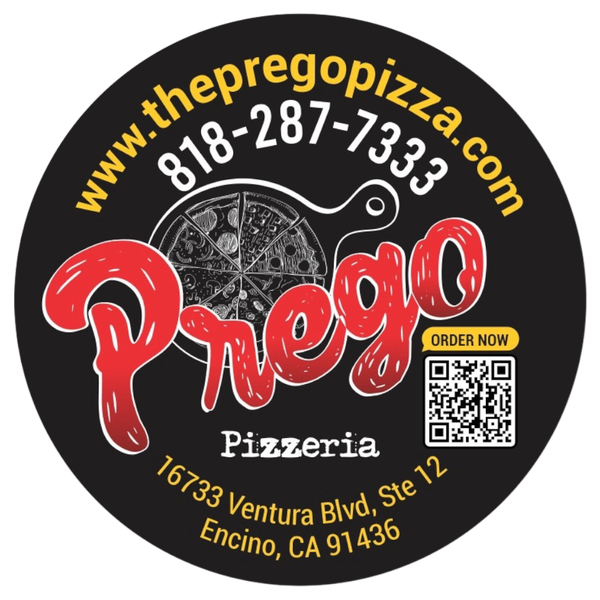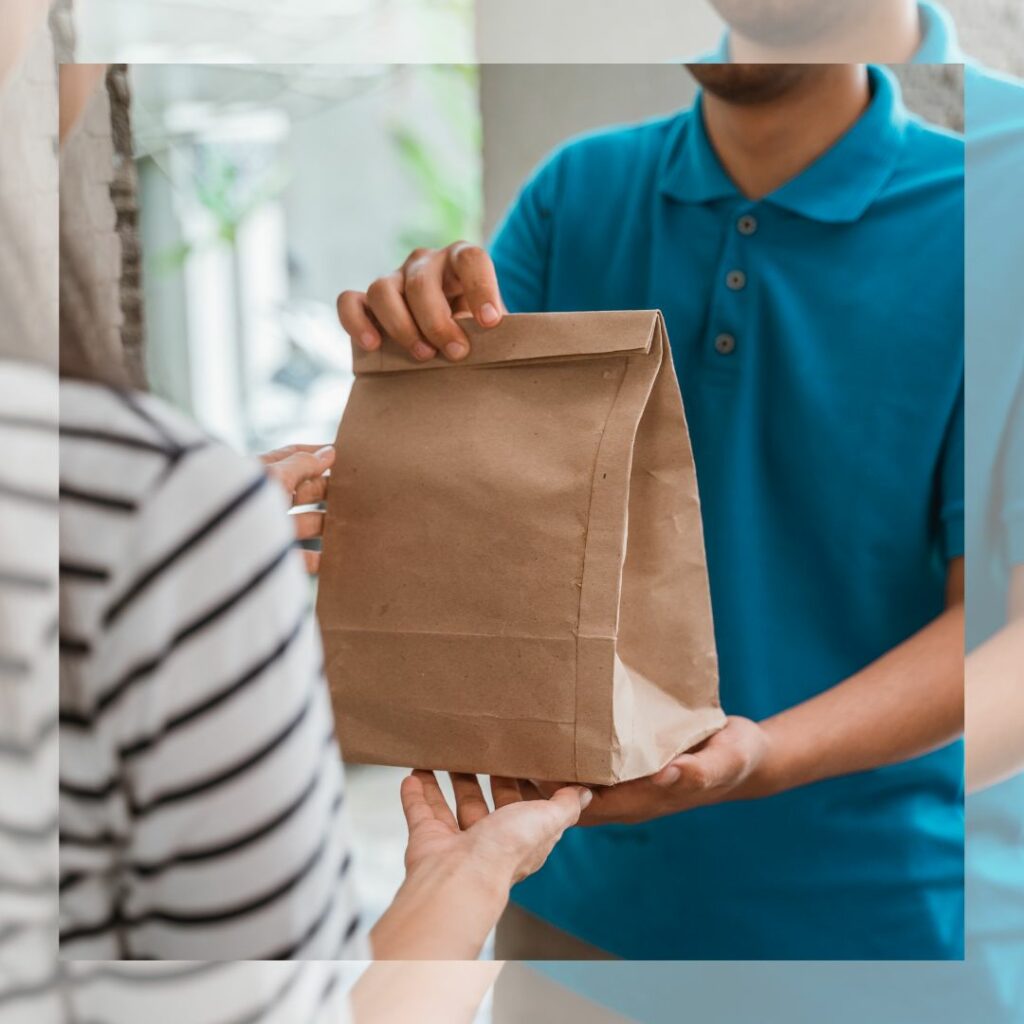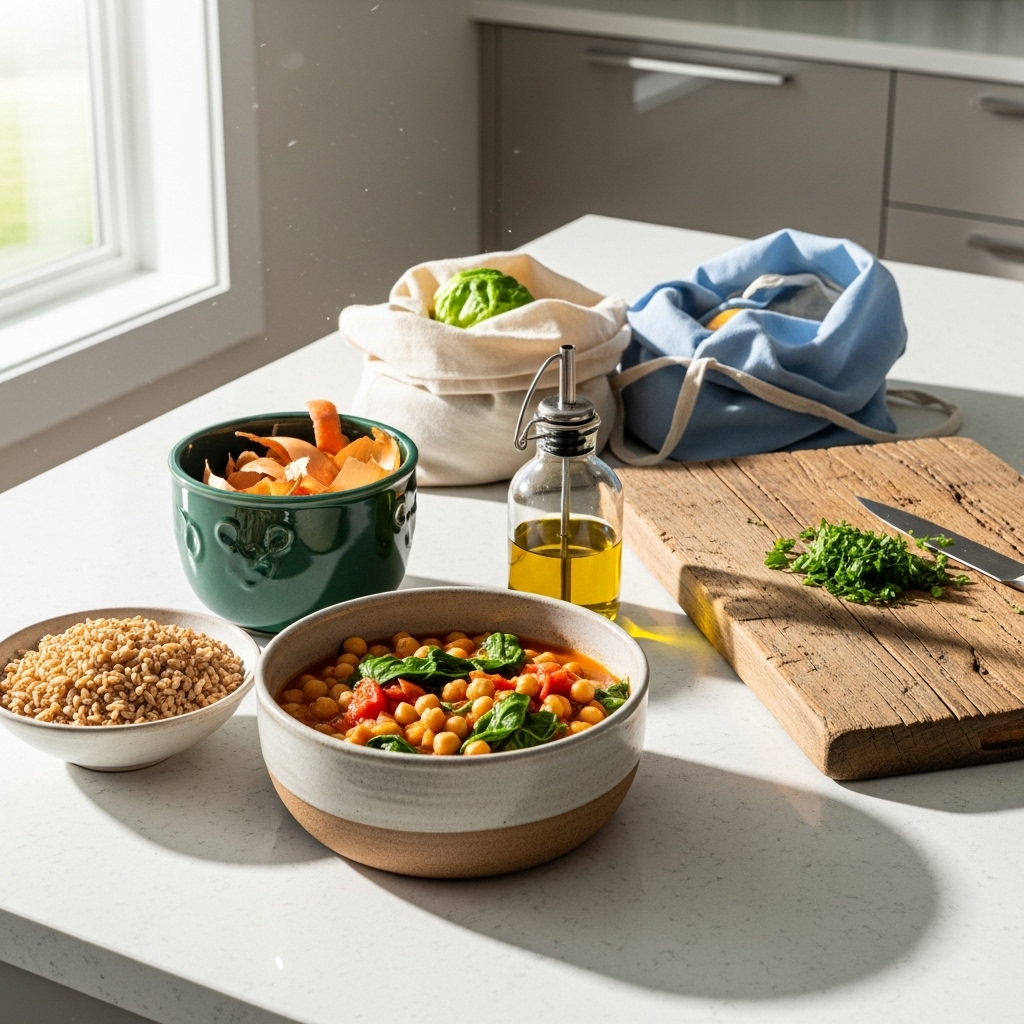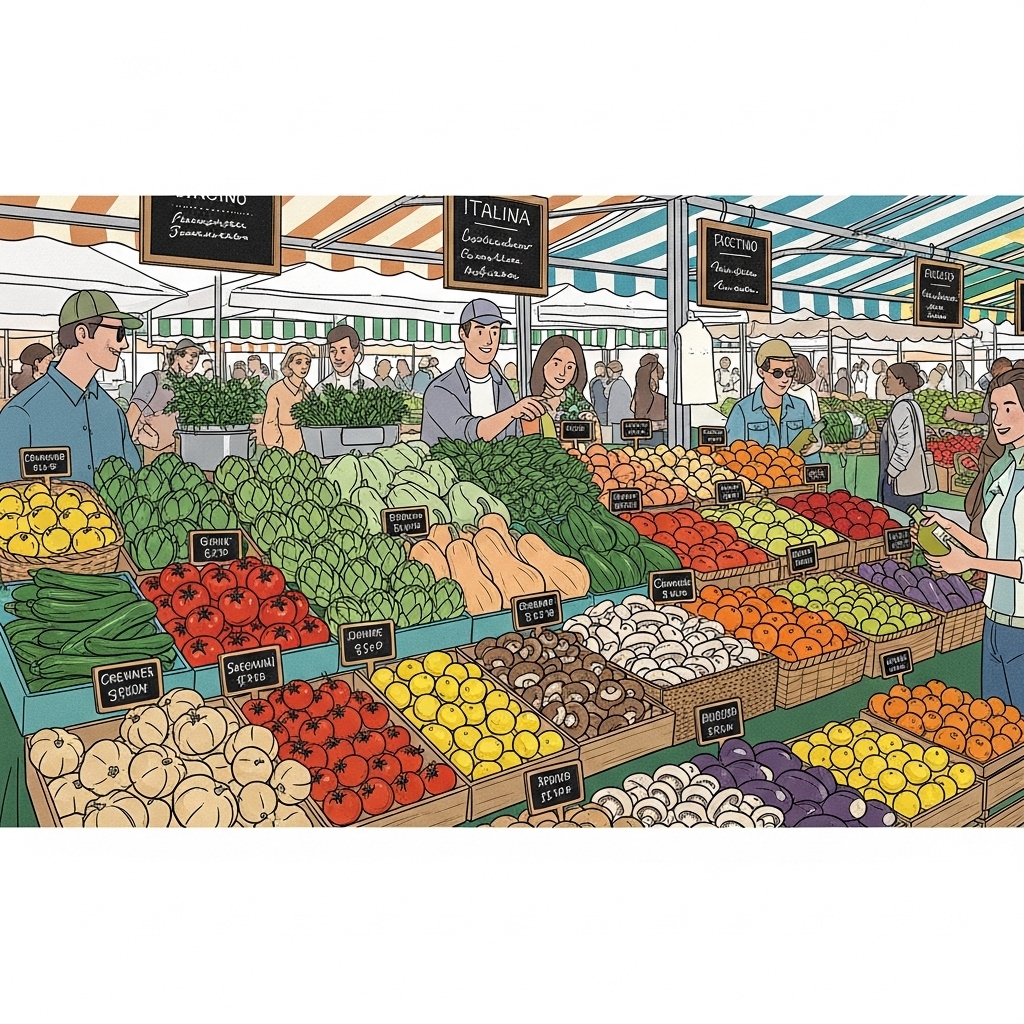The rise of food delivery services has transformed how people enjoy meals, bringing convenience to consumers while reshaping the restaurant industry. Platforms like Uber Eats, DoorDash, and Grubhub have revolutionized dining, but they’ve also introduced significant changes to how restaurants operate, engage with customers, and define their culture. Let’s dive into the ways food delivery is impacting restaurant culture and what it means for the future.
1. Convenience vs. the In-Dining Experience
Food delivery is all about convenience, offering customers the chance to savor restaurant-quality meals without leaving home. While this shift has broadened restaurants’ reach, it has also led to a decline in traditional dine-in experiences, especially in busy urban areas.
This change reduces the face-to-face interactions that are at the heart of traditional hospitality. Restaurants that once thrived on creating a welcoming atmosphere now find their primary connection with customers happening through the food itself, delivered straight to their doorsteps. While convenient, this trend distances customers from the unique ambiance and personal touch that dining out offers.
2. Operational Adjustments and Ghost Kitchens
To keep up with the delivery boom, restaurants have had to rethink their operations. Many kitchens are now juggling dine-in orders alongside delivery requests, which can create logistical challenges. Some establishments have even transitioned to ghost kitchens—delivery-only spaces designed to handle online orders exclusively.
Ghost kitchens reduce costs by eliminating front-of-house services, but they also remove the personal connections that come with traditional dining. This shift represents a significant cultural change, as it prioritizes efficiency over the communal experience of sharing a meal in a restaurant.
3. Menu Innovation and Packaging Challenges
The rise of delivery has forced restaurants to adapt their menus and packaging to ensure food quality during transit. Not all dishes travel well, so many establishments now offer delivery-specific menus, focusing on items that maintain their appeal even after being transported.
Packaging has also become a critical factor. Crispy foods like fries need innovative solutions to stay fresh, while soups and sauces require spill-proof containers. While these adjustments improve customer satisfaction, they can also limit menu diversity for dine-in guests.
4. Increased Costs and Revenue Redistribution
Delivery platforms provide exposure, but they come at a cost. Fees ranging from 15% to 30% per order significantly impact restaurants’ already thin profit margins. Smaller establishments, in particular, feel the strain, often having to raise menu prices or cut back on discounts to stay afloat.
The reliance on delivery shifts revenue streams, moving the focus away from building in-house loyalty to attracting a wider audience online. This redistribution challenges restaurants to rethink their financial strategies and long-term goals.
5. Changing Customer Expectations
Food delivery has reshaped customer expectations. Consumers now demand faster service, detailed online menus, and seamless app-based interactions. Ratings and reviews on delivery platforms hold considerable weight, pushing restaurants to prioritize consistency and quality across every order.
While these changes improve the customer experience, they also place added pressure on restaurants to excel in both delivery and dine-in services, often with limited resources.
A Cultural Shift in the Restaurant Industry (food delivery)
The food delivery revolution has undeniably changed restaurant culture, bringing both opportunities and challenges. While delivery expands accessibility and drives innovation, it also diminishes the personal connections and unique experiences that define traditional dining.
To thrive in this evolving landscape, restaurants must strike a balance—embracing delivery’s convenience while preserving their authentic identity. Whether you’re enjoying a meal at home or dining out, great food and hospitality remain at the heart of the restaurant experience.
Read more:




